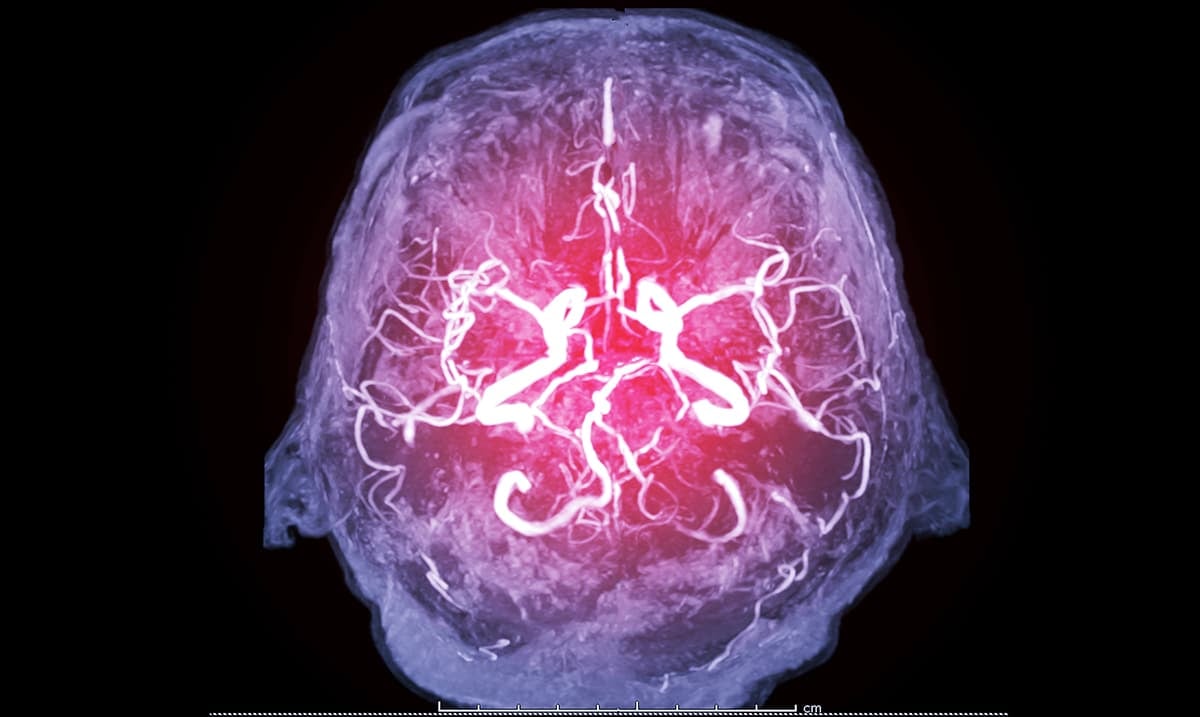In recent years, strokes, typically thought of as a health issue for older adults, have been increasingly affecting younger populations. It’s a concerning trend, as strokes are not only life-threatening but can also lead to long-term disabilities that impact a person’s quality of life. While older adults have traditionally been at the highest risk, research shows that stroke rates are rising among individuals under 50. But why is this happening? Here are the main factors driving this alarming rise in strokes among young people.
1. Lifestyle Choices and Poor Diet
One of the most significant contributors to the increase in strokes among younger individuals is lifestyle-related. Modern diets, high in processed foods, sugar, and unhealthy fats, have been linked to higher risks of cardiovascular diseases, including stroke. The Western diet, which is heavy in fast food and low in whole, nutrient-dense options, can lead to hypertension, diabetes, and high cholesterol—all major stroke risk factors. Investing in a nutrient-dense, heart-healthy cookbook, such as the Dash Diet Cookbook, can help you make smarter food choices to reduce your risk.
2. Increased Rates of Obesity
Obesity levels have skyrocketed in the past few decades, especially among younger generations. Obesity is a key risk factor for stroke, as it often leads to other conditions such as diabetes and high blood pressure. Carrying excess weight increases strain on the cardiovascular system, making blood clots and other stroke-related events more likely. Incorporating regular exercise into your routine is essential for maintaining a healthy weight. Tools like the Fitbit Charge 5 can help track your physical activity and keep you on top of your fitness goals.
3. Smoking and Vaping
Smoking has long been recognized as a major risk factor for stroke. Unfortunately, smoking rates have remained stubbornly high among certain groups of young people. What’s more concerning is the recent rise in vaping, which has been marketed as a “safer” alternative to smoking. However, studies suggest that the chemicals in e-cigarettes may also contribute to cardiovascular problems. Whether through traditional cigarettes or vaping devices, nicotine and other harmful substances significantly elevate the risk of stroke in young adults. Quitting smoking can be tough, but products like the Quit Smoking Aid can offer support.
4. Drug and Alcohol Use
Substance abuse, particularly of stimulants like cocaine and amphetamines, is another factor contributing to strokes in younger populations. These drugs can cause sudden increases in blood pressure and damage to blood vessels, making strokes more likely. Heavy alcohol use is also problematic, as it can lead to atrial fibrillation (an irregular heartbeat), which increases stroke risk by promoting the formation of blood clots. For those looking to reduce alcohol consumption, tools like the Sobriety Journal can help track progress and maintain a healthier lifestyle.
5. Stress and Mental Health
Mental health has been a growing concern, and chronic stress, depression, and anxiety can have direct and indirect effects on physical health. Stress triggers the release of cortisol, which over time can increase blood pressure, a significant stroke risk factor. In a fast-paced, high-pressure world, many young people are facing chronic stress without adequate coping mechanisms. Meditation and mindfulness practices have been shown to help manage stress, and products like the Mindfulness for Beginners Guide can introduce you to stress-relieving techniques.
6. Undiagnosed Health Conditions
Some young people may be living with undiagnosed conditions that increase their risk of stroke. For example, conditions like high blood pressure and diabetes can go undetected for years, especially if regular health screenings are not a priority. A lack of awareness about these “silent killers” can lead to strokes occurring seemingly out of the blue, even in otherwise healthy-looking young individuals. Regular monitoring with a blood pressure monitor can help keep track of health metrics and alert you to potential risks.
7. Genetics and Family History
While lifestyle factors are critical, genetics also play a role in stroke risk. Those with a family history of cardiovascular diseases or strokes may be predisposed to having a stroke themselves, even at a younger age. However, genetic predisposition doesn’t mean a stroke is inevitable; it simply increases the importance of mitigating controllable risk factors.
8. Birth Control and Hormonal Factors
For women, the use of certain birth control pills has been linked to an increased risk of stroke, particularly in those who smoke or have other risk factors like high blood pressure. Hormonal changes during pregnancy and postpartum periods can also increase stroke risk in younger women.
Conclusion
The rise in strokes among young people is a concerning health trend, with a combination of lifestyle choices, environmental factors, and medical conditions contributing to the increased risk. While some risk factors, like genetics, cannot be controlled, many others can be managed with healthier lifestyle choices. Eating a balanced diet, maintaining a healthy weight, avoiding smoking and excessive alcohol, and managing stress are all crucial steps to reducing the risk of stroke at any age.
It’s essential for younger individuals to be aware of these risk factors and seek regular medical check-ups to detect any underlying conditions. Early detection and prevention are key to avoiding the potentially devastating consequences of a stroke. By taking proactive steps now, young people can reduce their chances of becoming part of this growing statistic.
If you want over 200+ ideas, phrases, and text messages to drive your man wild with desire for you, make sure to check out my new program, Language of Desire. I give you step-by-step instructions and tons of exact words to use to get exactly what you both want in and out of the bedroom.
P.S. The reason so many men “pull away” from women is because
women don’t understand this naughty secret about men. . .
Sources:


